

? | Homepage



Welcome to my website dedicated to home studios!
For years, I’ve been composing, recording, and mixing my music. This site was born from the desire to share that experience with you.
Making computer-assisted music doesn’t necessarily require a big budget. Yes, a minimum of equipment is essential, but when it comes to software, there are plenty of free gems that rival professional solutions. Here, I present a selection of tools I’ve tested and approved.
On this site, you’ll find a complete tutorial on how to mix a track from start to finish, tips on choosing the right gear, an overview of the main DAWs (digital audio workstations), as well as a section dedicated to amp simulators (free or paid) for guitarists.
And if you feel like it, I also invite you to discover my own compositions, entirely produced in my home studio with the resources I have at hand.
Enjoy your visit, and above all, enjoy the music!
Grebz

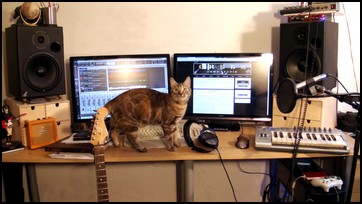

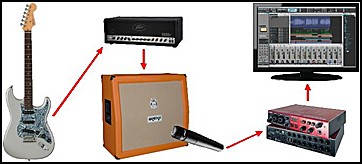

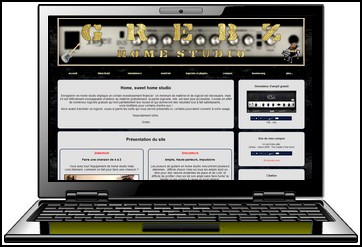

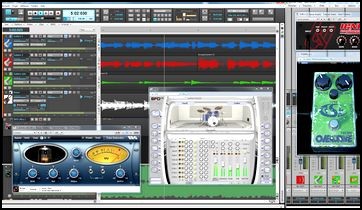

I wrote my first pieces of music on a Commodore Amiga computer back in 1988.
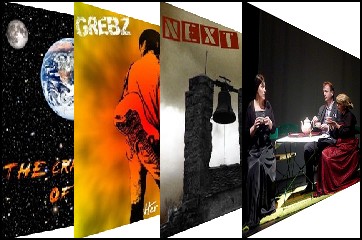
Today, I compose in a Pop-Rock style, with forays into other genres, including orchestral and electronic music. My main goal is to enjoy the process, and if others enjoy listening too, then I’ve succeeded.
I also compose music for theatre plays.



Messages page # 1 2 3 4 5 6 7 8 9 10 11 12 13 14 15 16 17 18 19 20 21 22 23 24 25 26 27 28 29 30 31 32 33 34 35

Jammin n' Rollin
le 27/10/2021 à 08h28
Hi Grebz, New to your page and found it by error and a great error it was! I am new to all this home recording and I never thought it was going to be this overwhelming... Lots of good info here, so thank you!!

Anonyme
le 21/09/2021 à 19h19
Juste pour te remercier, ton site est super : Une mine d'infos, et un des rares endroits (le seul ?) où on peut encore trouver certains vieux plugins :))

bourguiba24
le 17/05/2021 à 19h18
Bonjour,
je voudrais utiliser uniquement ma voix et tout les bruits envisageables afin de générer ce que j'appellerais "la pulsation" de ma composition.
Existe t'il des logiciels (et peut être tous en sont capable) qui aprés enregistrement d'un son se cale sur le dit son pour enregistrer le motif.
Ma formation d'origine c'est la batterie et donc j'aimerais pouvoir improviser vocalement (ou en tapant du pied aussi par exemple) des motifs et qu'ils soient ainsi reconnus par le logiciel avec un microphone.
j'espére que ma question est compréhensible !
Vous avez compris que je suis assez ignare en MAO ... juste chez moi un petit séquenceur autonome pour m'accompagner à la guitare !
Merci par avance

Gib
le 28/04/2021 à 20h35
Any way to make one of these be a perfect fit for a Chuck Shuldiner tone??
* * * * * * * * * * * * * * * *
Honestly, I have no idea. It's the first time I even hear about Chuck Shuldiner. But here's a webpage referencing his gear:
https://equipboard.com/pros/chuck-schuldiner
You could try the free amp Emissary, maybe?
Grebz

Sean
le 27/04/2021 à 16h44
Hello from the USA!
I'm writing you today because I need help with the LE456.
I've been using it for years now and I've created a very specific tone for my songs that I'd like to keep using. I recently upgraded from an Intel Macbook Pro to an Mac Mini with an M1 chip.I use Logic Pro X and it's a 64 bit system.
I put the .component files into my component folder and validated the plugin via the plugin-manager in logic. I also "Allowed" the plugin via the System and Security tab in Mac settings. It's still not coming up in my sub menu so I can put it on my channel strip. Is there any way to get it working with the M1 chips? I love this site and appreciate the work you do <3 Thank you!
* * * * * * * * * * * * * * * *
Hello Sean,
Thanks for visiting my website!
I don’t have good news… I’m a PC user, so I have no idea how things work on a Mac.
Furthermore, I know that the new M1 model has a very different CPU than the older Mac Intel CPUs, and it requires that software be updated to fully work. I also know that Rosetta can supposedly « translate » older programs, but does this include plugins ? I’m not sure about that. I’ve seen announcements from plugin manufacturers informing their users that their plugins were updated and M1-compliant, which probably means it’s a necessity to do so. Unfortunately, the guy behind the Lepou plugins stopped his activity and no longer updates them. So if it doesn’t work now, chances are it never will.
Unless there’s a magic trick I don’t know about.
Grebz
